The city of Dresden, which is located on the Elbe River, is the quiet and, above all, green capital of the German state of Saxony. The more than 800-year-old city in what was formerly East Germany, is known to many people for its beautiful, historic centre. Despite the heavy bombardments during the Second World War when most of the city was destroyed, the Baroque city still appeals to visitors. There is a reason why it is currently one of the most visited tourist cities in Germany!
We found the city to not be very German. As there is a lot of baroque architecture, the city was nicknamed Elbflorenz (Florence on the Elbe). However, in some parts of the city, East German architecture is still clearly visible. Examples of this are the Prager Strasse and the Kulturpalast in the centre, and the many apartment buildings (Plattenbau) outside the centre.
In this blog, we will mention some of the sights you shouldn’t forget to see when you visit the fantastic city of Dresden. But we’ll start with some history.
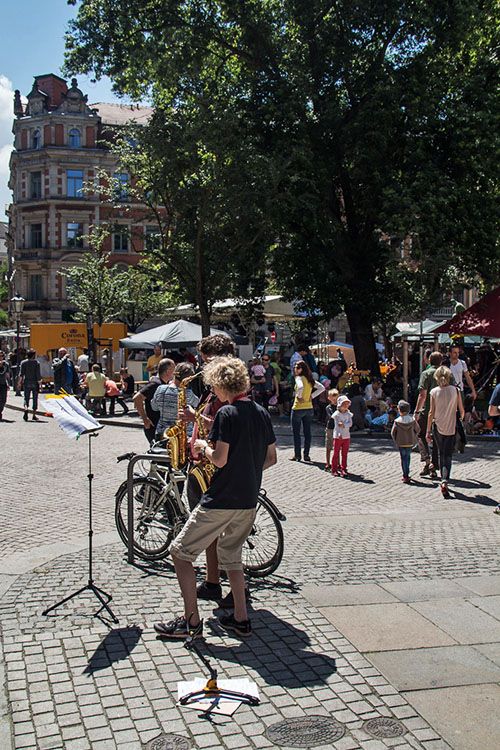
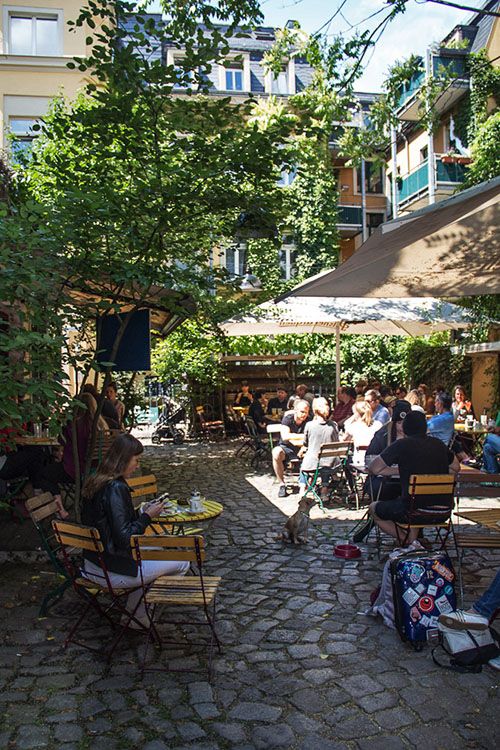
Back to more than 800 years of Dresden
Dresden was founded in 1206 and later became home to many Saxon kings. The most famous king was Augustus the Strong. His kingdom included Poland at the time. Many beautiful, old buildings in the city date back to that period.
From February to April 1945 the city was heavily bombed by the allied forces. Most of the historical centre was destroyed. The bombardments led to a lot of international fuss because the strategic military gain of the operation was very questionable according to many. The old centre was a cultural highlight in central Europe, the war industry was (far) away.
Immediately after the war but also after the Wende in 1990 a lot was done to restore some of the former monuments, such as the Frauenkirche, the Semperoper and the Zwingerpaleis. The historic centre has now largely been restored to its former glory.
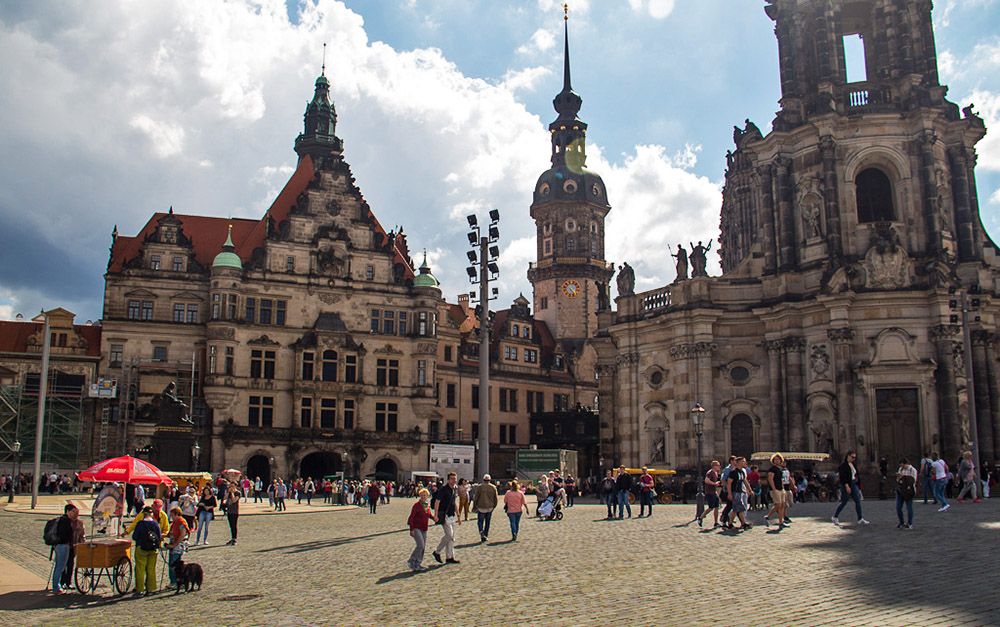
Sightseeing in the old town of Dresden
Although Dresden is larger than a city like Munich, the historic centre is quite compact and easy to explore on foot. Check out the following attractions in Altstadt in any case.
Brühlsche Terrasse
The Brühlsche Terrasse is a 20 to 200-metre-wide and 500-metre-long 16th century promenade. The promenade, which is located at a height of about 10 metres, is also called the ‘balcony of Europe’ because of the beautiful view of the Elbe. The promenade is loved by both tourists and locals. Under the terrace is the fortress of Dresden with the city walls and the 400-year-old city gate.
Frauenkirche
The Frauenkirche (Church of Our Lady) is a Baroque Evangelical-Lutheran church from the beginning of the 18th century. You can find the church on the Neumarkt in Altstadt. In February 1945, the Frauenkirche was completely destroyed. It was not until 1994 that the church was reconstructed for €130 million, after which it was officially reopened in 2005. The British city of Coventry, which was bombed by the Luftwaffe during the Second World War, donated the golden cross to the dome of the church.
The cellar is interesting where you can still come across some ruins. If you’re in good shape, and wearing good (walking) shoes at the time, then an ascent of the dome shouldn’t be lacking during your visit to the church! From the dome there is a steep staircase to a fantastic viewpoint at 67 metres’ altitude. More information.
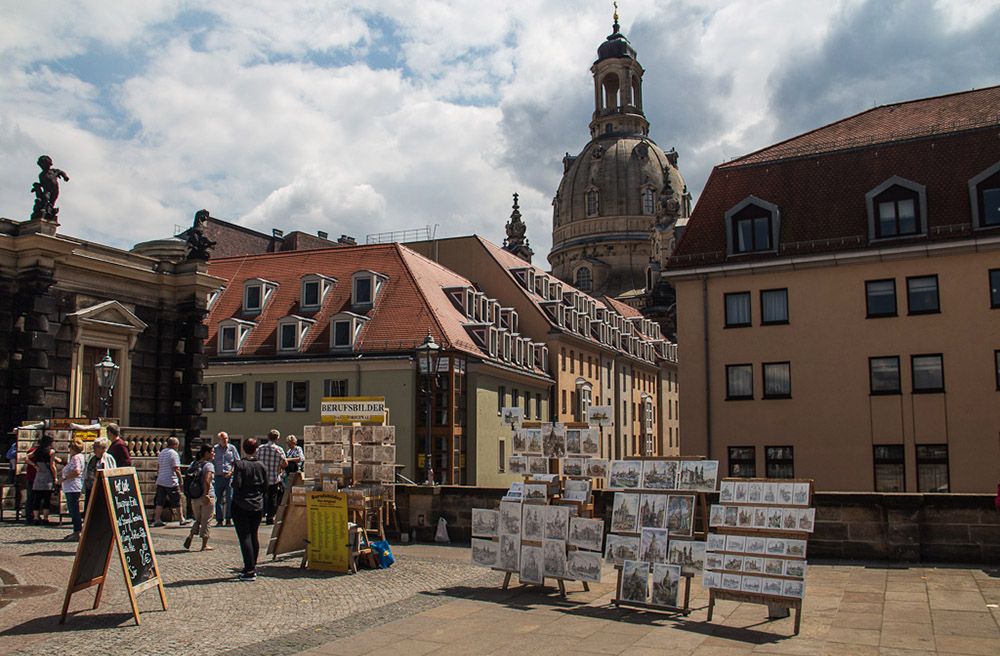
Semperoper
The Semperoper, officially called the Saxon State Opera, is one of the most beautiful opera houses in the world. The acoustics and the orchestra are really fantastic. As a Saxon court and state opera of yesteryear, it has a long historical tradition with operas by Wagner and Strauss, among others.
After the first building from the early 19th century was destroyed by fire, a new opera house was built at the end of the 19th century. Unfortunately, it was also completely destroyed by bombing in February 1945. Already during the period of East Germany, the Semperoper was rebuilt, but the building as you can see it today was only reopened in 1985 with some modifications in the 90s.
If you want to attend a performance, make sure you get your tickets in time, although last-minute tickets are often available at the box office. The seats with the least view of the stage are very cheap. More information.
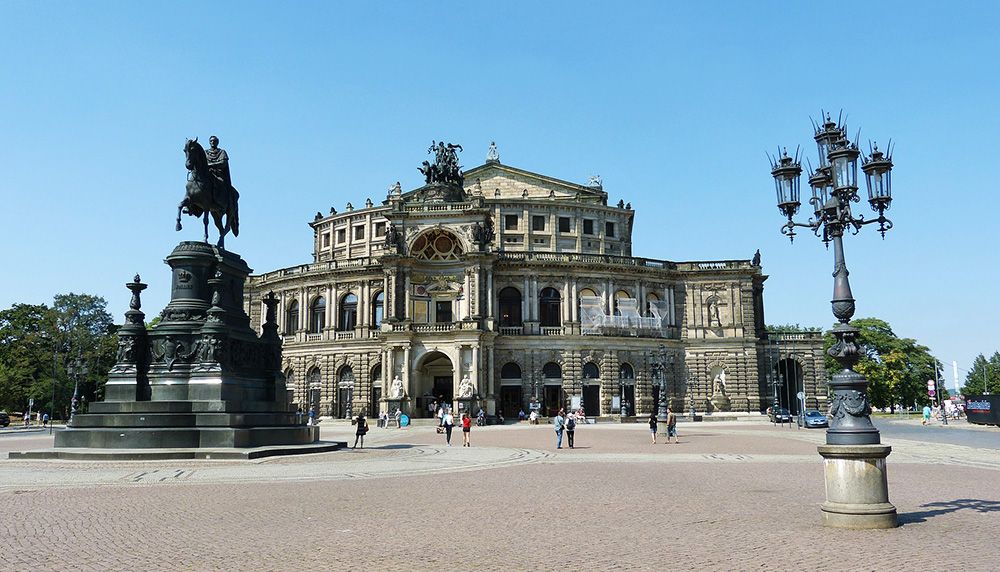
The Zwinger Palace
The majestic, baroque Zwinger Palace from the beginning of the 18th century is now one of the largest museums in Germany. Among other things, it houses the world-famous 500-year-old Raphael’s Sistine Madonna, a nympheum, a historical collection of mathematical instruments, many sculptures by Permoser, and several impressive art collections. The most important permanent collection is the Gemäldegalerie Alte Meister with works by Botticelli, Rubens and Vermeer, among others.
Both the inside and the outside of the Zwinger Palace are impressive. Admission to the palace is free, but some collections, such as the exhibition of porcelain works, are subject to a fee.
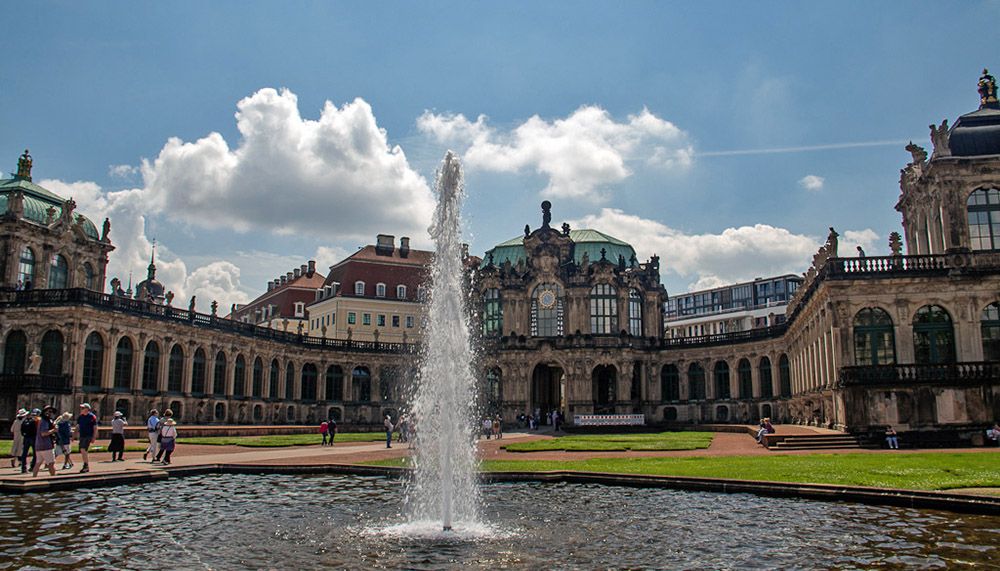
Other interesting sights outside Altstadt
Biking or hiking along the Elbe
During our two full days in Dresden we hiked and cycled a lot along the Elbe. Along the banks of the long river you have a beautiful view of the impressive skyline of Altstadt. On both sides of the Elbe there are also large parks where there is always something going on in the summer months.
One of these parks is the beautiful Lingnerpark, where you have no fewer than three castles: the Schloss Albrechtsberg (1803), the beautiful Lingnerschloss (1803), where you can have a delicious drink or dinner, and Schloss Eckberg, which is now a three-star hotel.
If you cycle a little further to the east from Eckberg Castle, you’ll arrive in the chic, 100-year-old suburb of Loschwitz. From this area with its beautiful villas, you can also take the cable car uphill for a beautiful view of the Elbe and Dresden. More information.
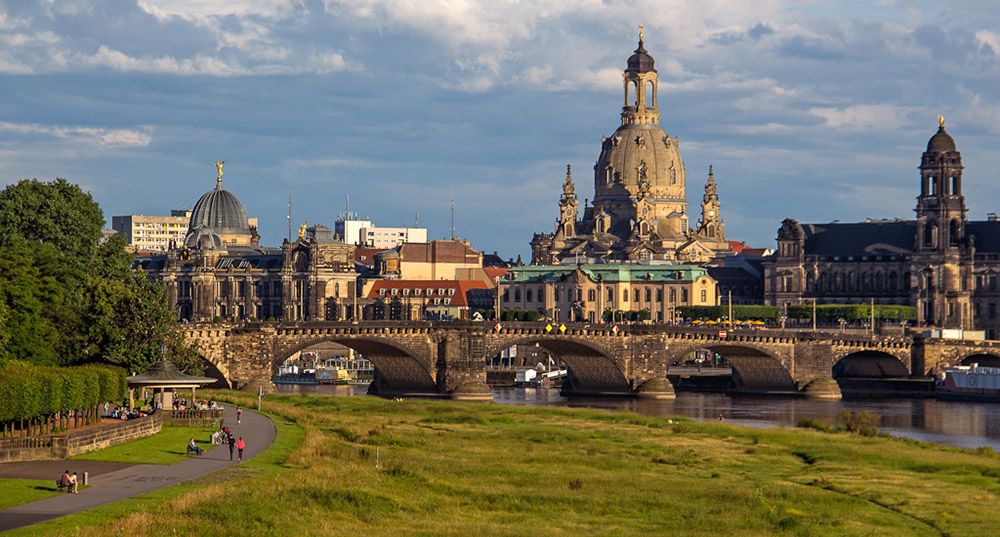
Neustadt
Neustadt is a beautiful, colourful, lively neighbourhood that on the one hand has an alternative look, but on the other hand also offers something exclusive. You will find many and sometimes really special items of street art.
Our city trip to Dresden coincided with the ‘Bunte Republik Neustadt’ festival. This annual festival in June attracts more than 100,000 visitors. The three-day event leads to certain streets being closed off. Stalls where you can get something to eat and drink are everywhere. There are many DJ’s and live bands that perform but also several other performances. Nice to experience, although sometimes we thought it was a bit too alternative.
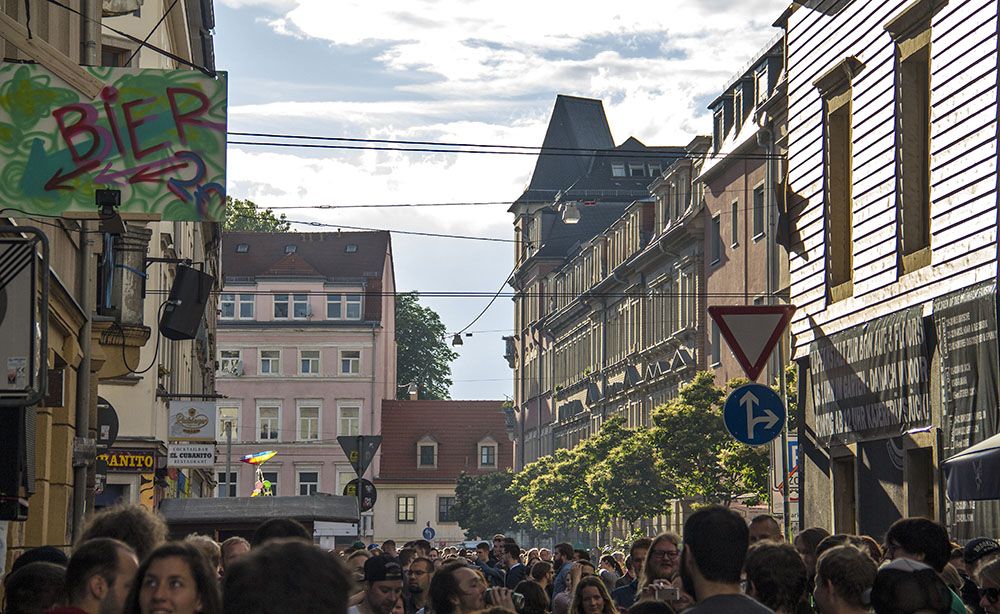
Militärhistorisches Museum Dresden
This military museum of the German armed forces is one of the most important museums about the military history of Germany. It is located in a former military arsenal in Albertstadt, just north of Neustadt.
The interesting thing about this museum is that it focuses on the causes and consequences of war and violence. It focuses on the human aspects, such as the hope, fear, passion, courage, memories and ambitions of those involved. In addition, it also shows the evolution of German military technology. More information.
Botanical Garden of Dresden
During our cycle tour through Dresden and its surroundings, we also arrived at the Dresden botanical garden. The garden from 1820, which is maintained by the Technical University of Dresden, is located in the north western part of the Großer Garten on the east side of Altstadt. Like many other attractions in Dresden, the botanical garden was completely destroyed in February 1945. Soon after, it was restored and reopened. Today, the garden contains about 10,000 plant species and five greenhouses with a total surface area of about 1,000 m². More information.
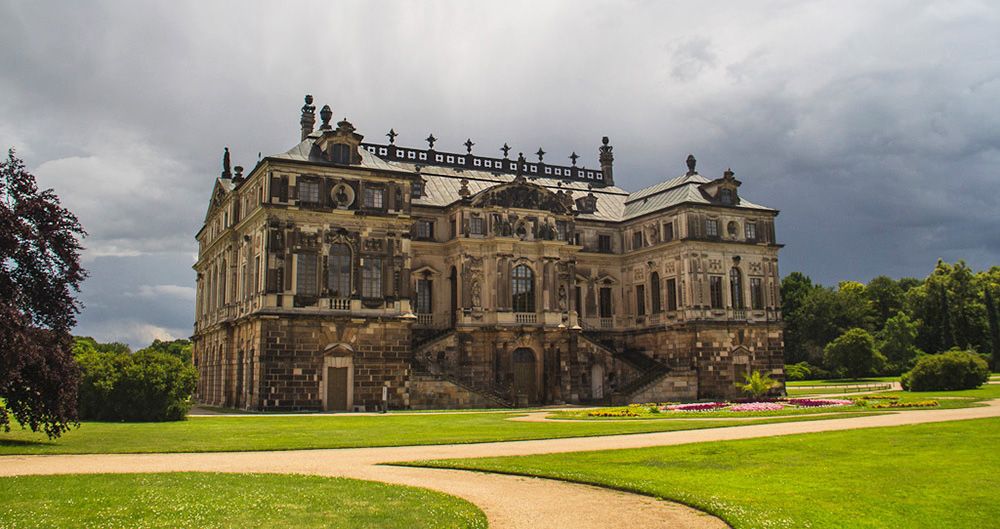
Practical matters
Accommodation
In Dresden there is sufficient accommodation both within walking distance of the old town and outside. In particular, there are many apartments, some even more beautiful than others. We stayed this time not in an apartment but in the Leonardo, one of the very many hotels of hotel chain Leonardo. A great hotel with a perfect location near Altstadt!
Best time to visit Dresden
Although Dresden is more inland, the weather is similar to that of a maritime climate. There are fewer extremes of temperature than in many countries in Eastern Europe. The best travel time for a city trip to Dresden is spring, although September is also a wonderful month in the city. We were there in June and except for some short, heavy rainfall after some really nice and not-too-hot weather, there was reasonably good weather for sitting outside at restaurant terraces.
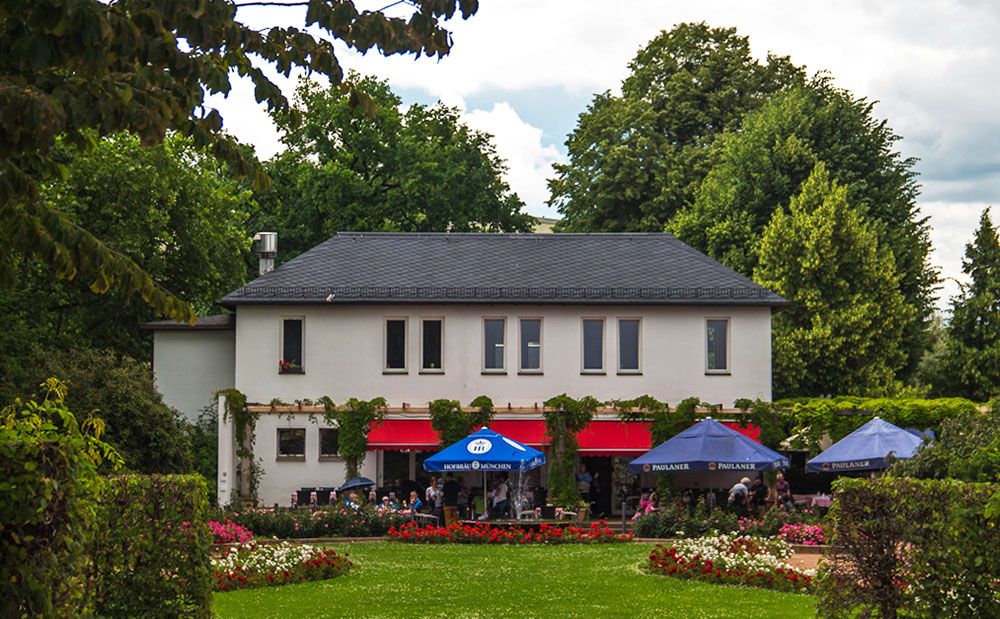
Transport to and within the city
Dresden is easy to reach by plane, train or car from almost anywhere around the world. We took the plane because it was a bit too far for a weekend away by car. If you do come by car, then at least you don’t have to worry about parking: there are plenty of car parks and garages!
In the old city (Altstadt) we travelled on foot, but most of the time we got about on a rental bike. We think the bike is the best means of transport for a city like Dresden, because the other neighbourhoods and outlying areas can also be easily reached by bike. If you’ve had too long a bike ride to a certain place of interest, you can always take your bike with you on the tram for a small extra charge. Keep in mind that it is not always ideal to travel by bike especially in Neustadt because of the cobblestone pavements.


